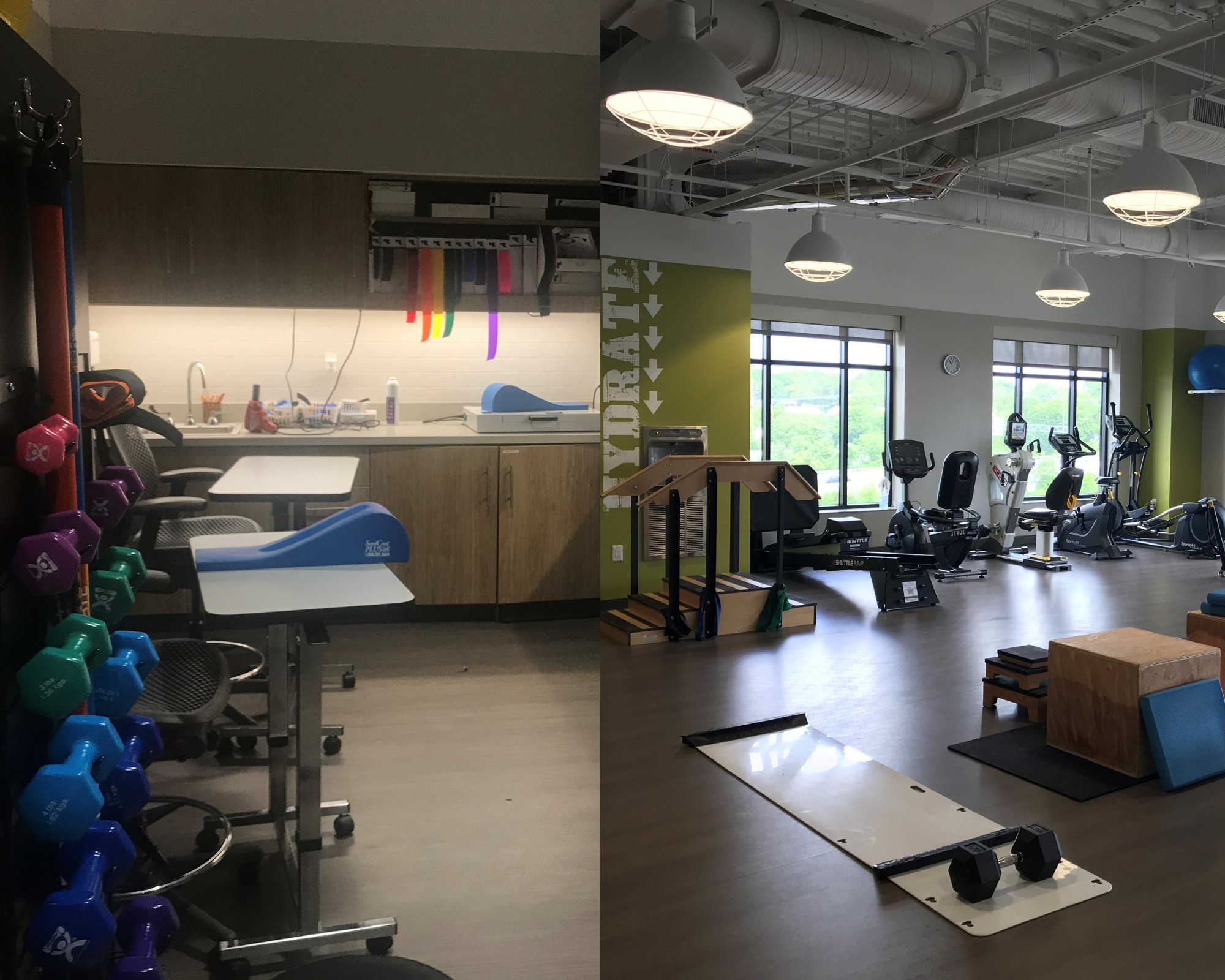19 Nov Interview: Dave Kempfert, PT

We recently sat down with Dave Kempfert, PT, Director of Rehabilitation Services at the Bone and Joint Institute of Tennessee to discuss what’s new in physical therapy and rehabilitation.







Call Us: 615-791-2630

